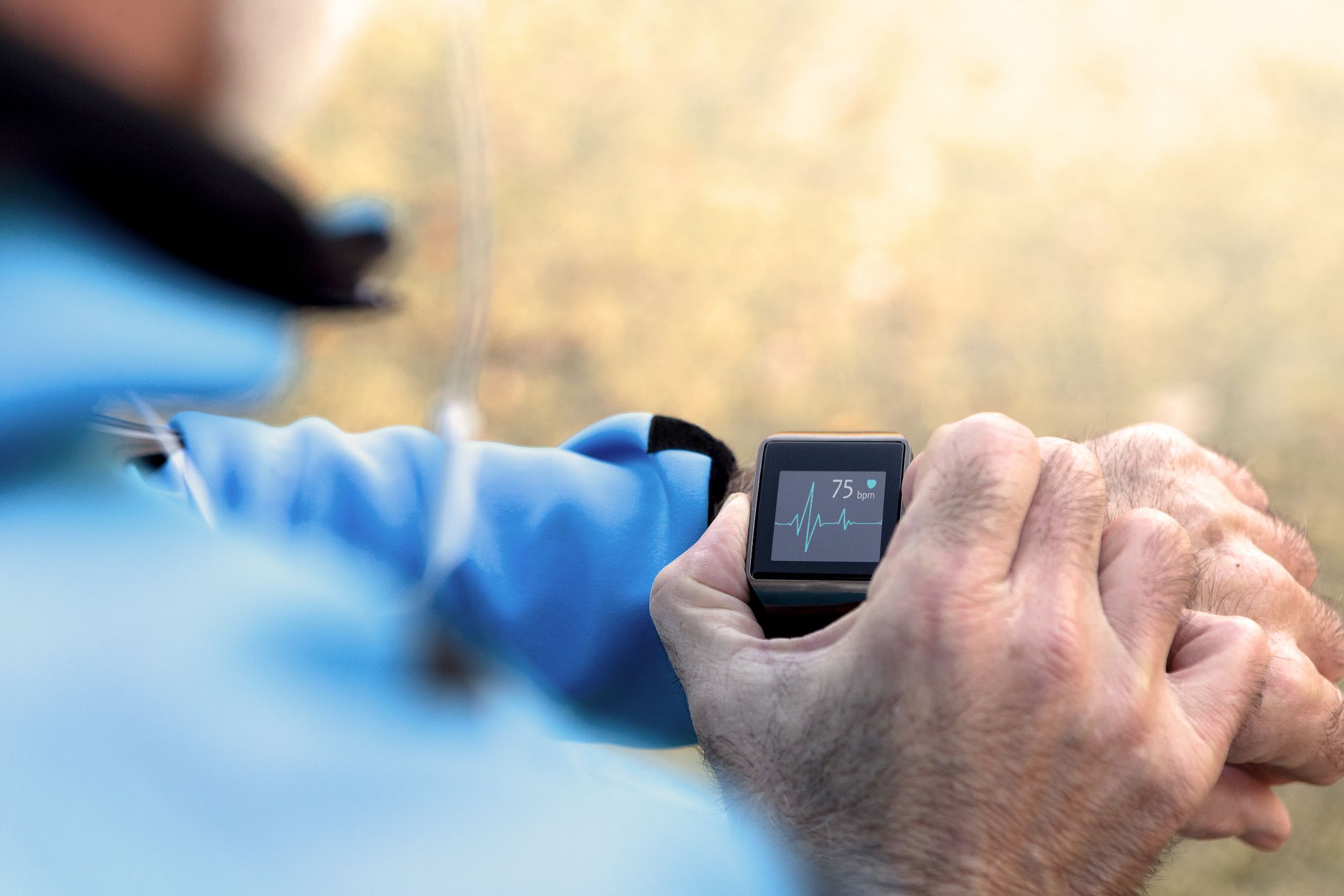Updated on February 23, 2024
Some vision changes are a normal part of aging, but vision loss is not. However, several eye conditions that can lead to vision loss are more common among older people. This includes age-related macular degeneration (AMD).
AMD is a deterioration of a part of the eye called the macula, which is made up of light-sensitive cells called photoreceptor cells. In the early stages of AMD, there may be no symptoms or mild symptoms. Mild symptoms can include slightly blurred vision or difficulty seeing well in low light. In the advanced stages, AMD can cause severe vision loss.
Wet AMD is an advanced form of age-related macular degeneration. It is called “wet AMD” because it involves abnormal blood vessels that leak blood and fluid into the macula. It can cause severe vision loss, and it can progress quickly, especially when left untreated.
Anti-VEGF therapy
The mainstay of treatment for wet AMD is injections of anti-VEGF medications. These medications are injected into the eyeball and work by blocking a protein called vascular endothelial growth factor (VEGF). VEGF is associated with abnormal blood vessel formation and leakage. Anti-VEGF therapy cannot cure wet AMD, but it can slow the progression of wet AMD.
Getting the most out of treatment
When you start a treatment for any medical condition, you want that treatment to work as well as possible.
The number one thing you can do to get the most out of treatment is to adhere to treatment. With anti-VEGF therapy, this means attending every scheduled appointment with your healthcare provider. Anti-VEGF medications are given as regular injections. The schedule will depend on the specific drug being used, as well as guidance from your healthcare provider.
Additionally, there are strategies that can help keep your eyes as healthy as possible and get the most benefit from treatment:
- Follow the other parts of your treatment plan. If wet AMD is occurring in one eye, a healthcare provider may prescribe therapies (such as AERD vitamins) to prevent AMD progression in the other eye. A treatment plan may also include low vision rehabilitation.
- Quit smoking (if you smoke). Smoking contributes to AMD. Chemicals in tobacco products can also interact with some vitamins that are prescribed for early-stage AMD, increasing the risk of lung cancer—your healthcare provider will need to know about any history of tobacco use.
- Stay physically active. Exercise and other forms of physical activity can benefit physical health and mental health. Talk to your healthcare provider about types of exercise that may need to be avoided and how to exercise safely.
- Eat a balanced diet. Nutrition is another important aspect of good health, including the health of the eyes. Talk to your healthcare provider about the foods you eat, the foods you need to be eating, and foods you’ll want to avoid.
- Wear sunglasses. Sun exposure can cause further damage to the eyes. Bring your sunglasses to your appointment and ask your healthcare provider for recommendations on sunglasses that offer the best UV protection.
- See a primary care provider. Other health conditions—and risk factors for other health conditions—can affect how wet AMD progresses. This includes things like blood pressure and blood glucose levels. Appointments with a primary care provider can help you identify and manage these aspects of your health.
These are a few strategies, and you should ask your healthcare provider for other ideas on how to get the most benefit from treatment.
Other treatments for wet AMD
Another common concern that many people have when starting treatment for a medical condition—what if the therapy doesn’t work?
This is a good question to bring up with your healthcare provider. Some more specific questions you may want to ask:
- What kind of result can you expect with this therapy?
- How long will it take for the treatment to work?
- What are the next steps if the treatment doesn’t work?
If wet AMD isn’t responding to anti-VEGF therapy, your provider may recommend changing the dosing scheduled or switching to a different anti-VEGF medication—different medications have different mechanisms of action, and trying a different medication may give you a better result.
Another treatment option is photodynamic therapy (PDT). With this treatment, a light-sensitive medicine is injected into the arm. When this medicine makes its way to the eye, it is activated using precisely aimed lasers. As the medicine activates, it closes off leaking blood vessels and slows the progression of AMD. PDT is a treatment option for certain people with wet AMD, and a healthcare provider will be your best source of information for any questions about this treatment.






